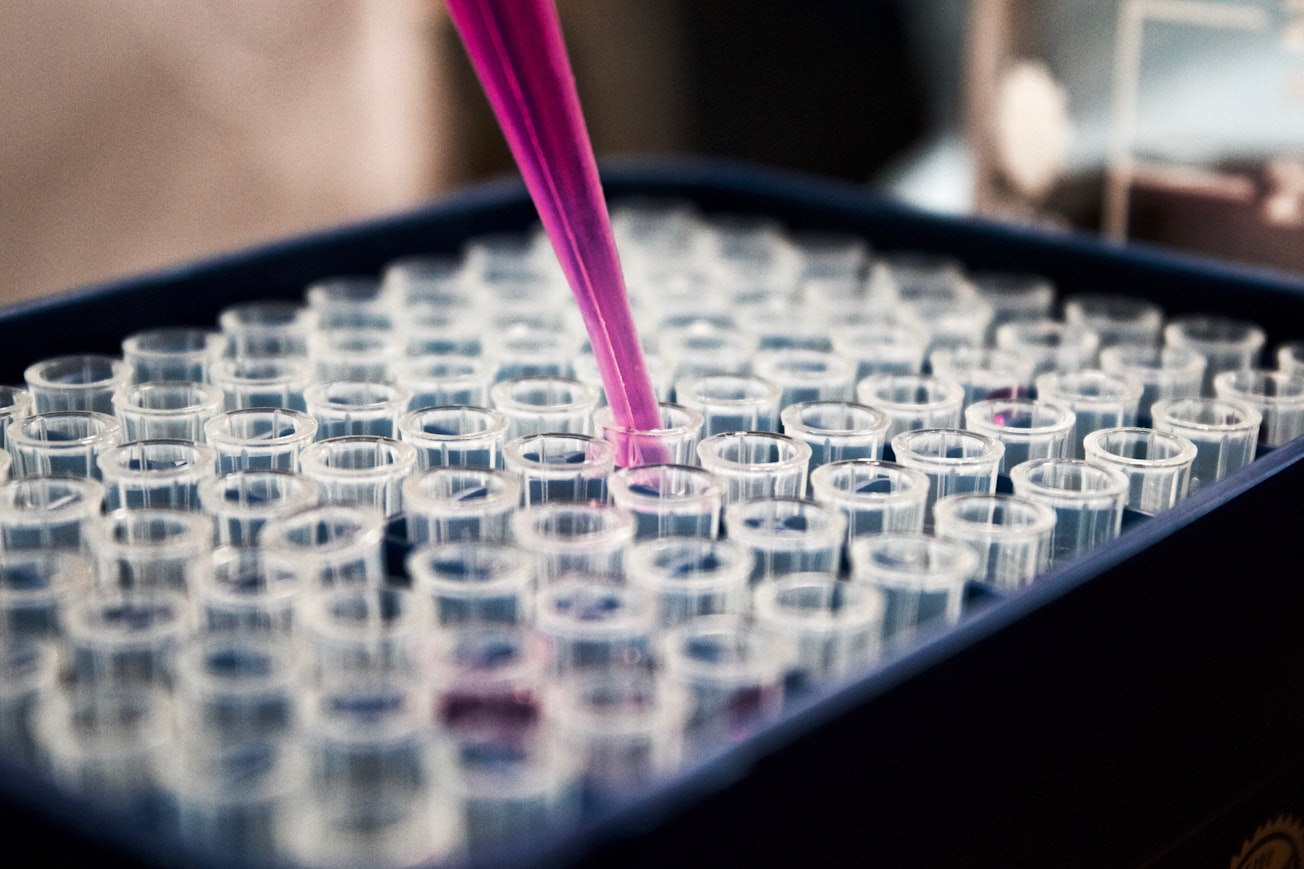What is it about?
The research work assessed the cytocompatibility and biocompatibility of plasma-treated polyvinylidene fluoride (PVDF) scaffolds for cardiac tissue engineering. The drop-cast PVDF scaffolds were found to be highly porous and exhibited globular morphology. Plasma treatment hydrophilized the surface of the scaffolds by increasing the amount of carbon-oxygen based groups. The plasma-treated PVDF scaffolds improved the cytocompatibility, adhesion, and morphology of cardiomyocytes. A significant increase in the number of cardiomyocytes was observed on all plasma-treated PVDF scaffolds compared to the non-treated ones. The plasma-treated PVDF scaffolds also increased the expression of genes related to adhesion and cardiac function of cardiomyocytes. Overall, the research work suggests that plasma-treated PVDF scaffolds are biocompatible and may be suitable for cardiac tissue engineering.
Featured Image

Photo by Louis Reed on Unsplash
Why is it important?
The study investigates the use of polyvinylidene fluoride (PVDF) scaffolds and how plasma treatments can affect the physicochemical and biological properties of the scaffold, as well as the behavior of cardiomyocytes seeded onto them. The research found that plasma treatment increased the hydrophilicity of the PVDF surface and improved the cytocompatibility, adhesion, and morphology of cardiomyocytes, resulting in an increase in the expression of genes related to adhesion and cardiac function. The findings could pave the way for the development of improved cardiac tissue engineering scaffolds that could be used to treat heart disease in the future.
Perspectives
Based on the findings presented in this research work, future experiments could be using human cardiomyocytes derived, for example, from pluripotent stem cells. Besides, long-term culture studies could be achieved, ie conducting long-term culture studies to assess the stability of the plasma-treated PVDF scaffolds and their ability to support the growth and function of cardiomyocytes over an extended period. Finally, drug testing studies could be interesting, ie using the plasma-treated PVDF scaffolds for drug testing studies to evaluate the efficacy and toxicity of potential cardiac drugs on cardiomyocytes.
Dr Thierry Dufour
Read the Original
This page is a summary of: Cyto- and bio-compatibility assessment of plasma-treated polyvinylidene fluoride scaffolds for cardiac tissue engineering, Frontiers in Bioengineering and Biotechnology, November 2022, Frontiers,
DOI: 10.3389/fbioe.2022.1008436.
You can read the full text:
Resources
Contributors
The following have contributed to this page







